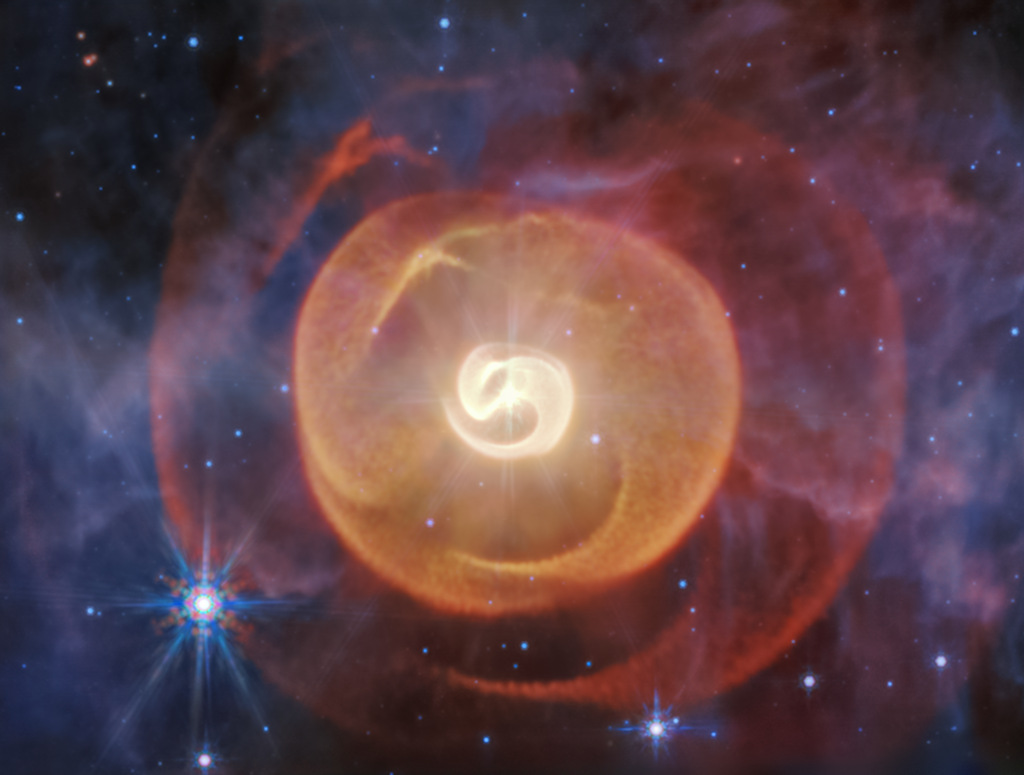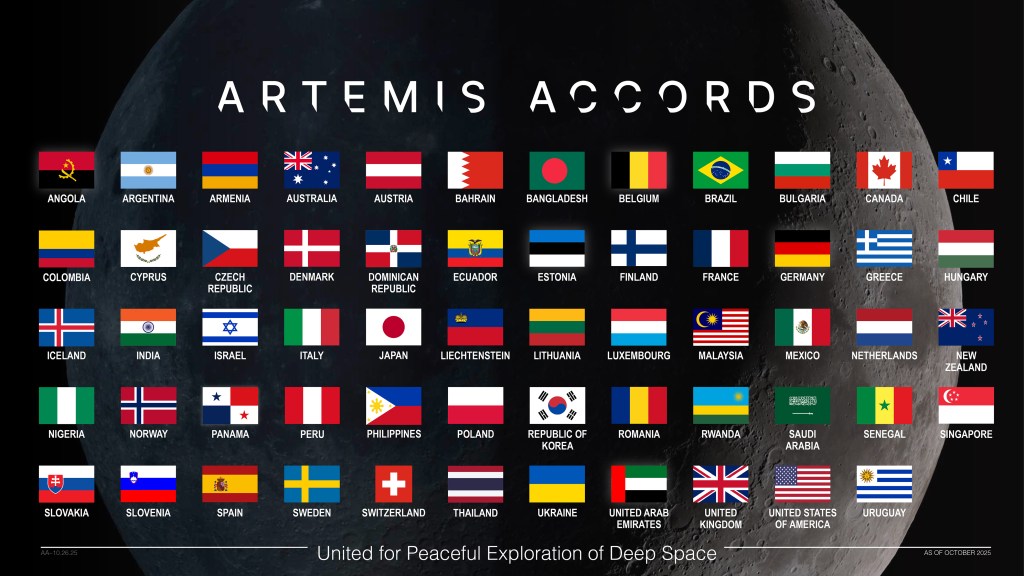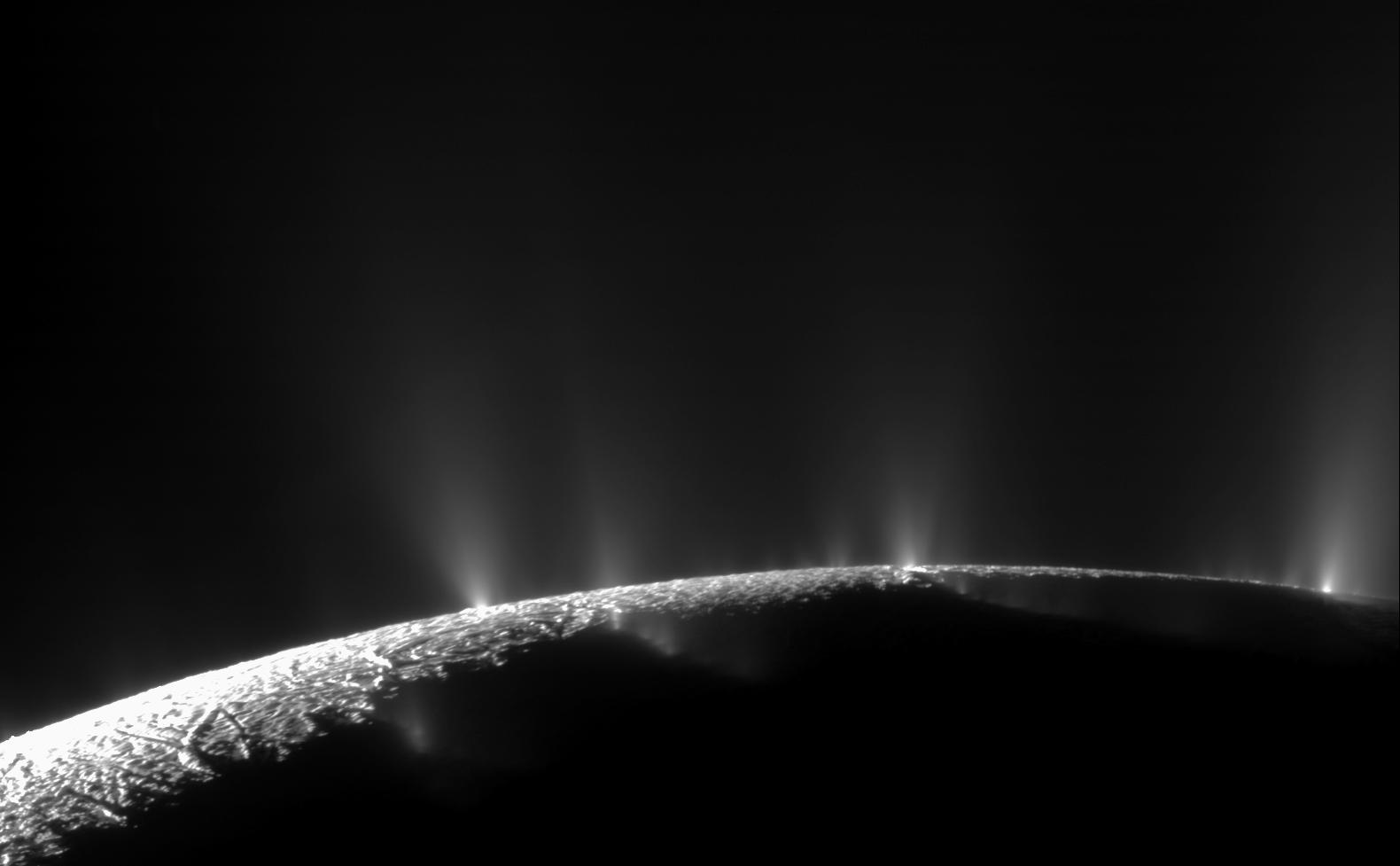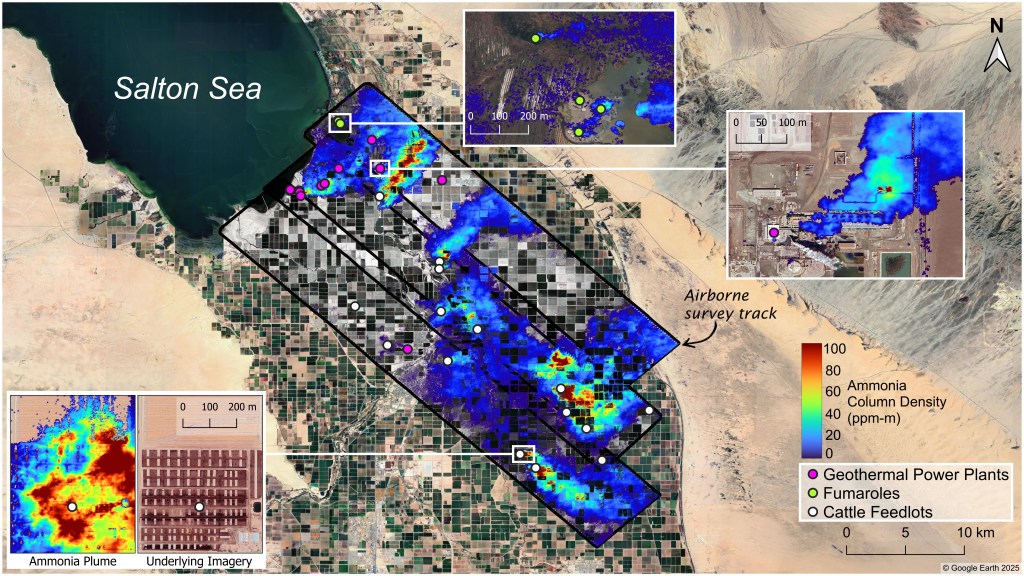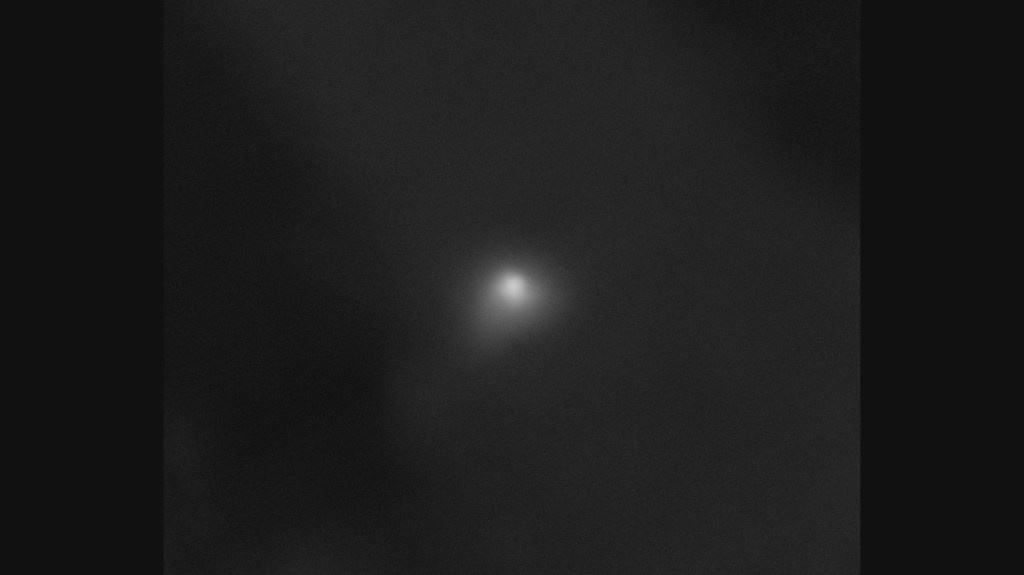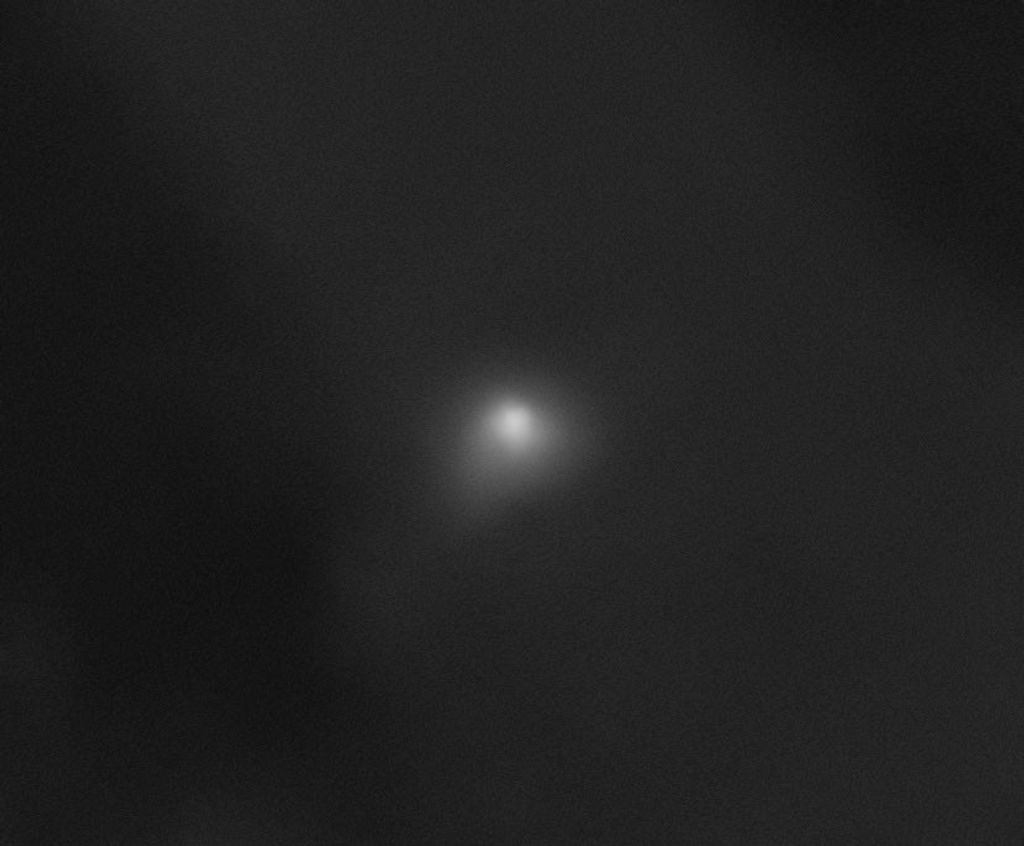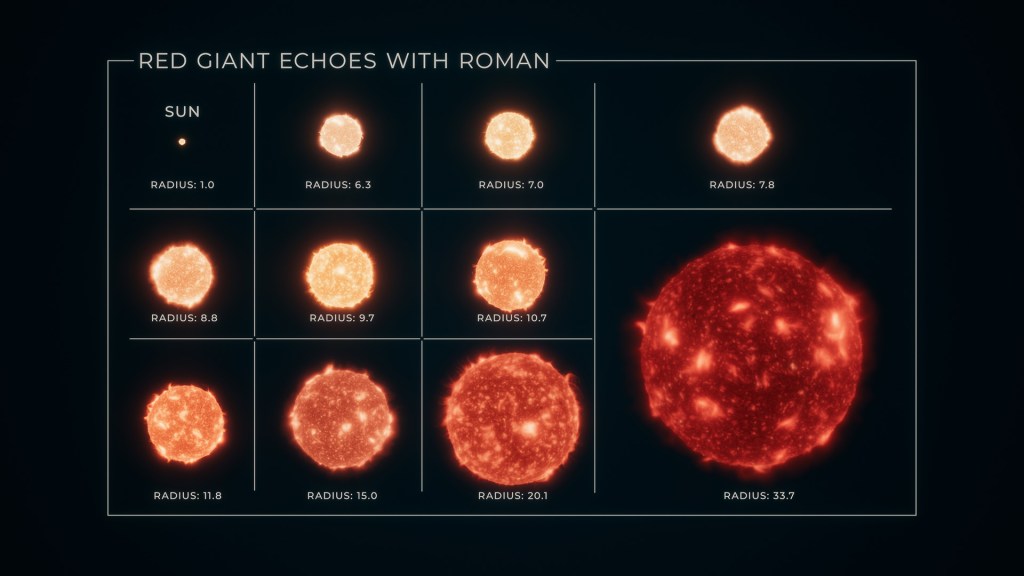1 min read
Furious Expansion of Eta Carinae Debris

The furious expansion of a huge, billowing pair of gas and dust clouds are captured in this NASA Hubble Space Telescope comparison image of the supermassive star Eta Carinae.
To create the picture, astronomers aligned and subtracted two images of Eta Carinae taken 17 months apart (April 1994, September 1995). Black represents where the material was located in the older image, and white represents the more recent location.
(The light and dark streaks that make an 'X' pattern are instrumental artifacts caused by the extreme brightness of the central star. The bright white region at the center of the image results from the star and its immediate surroundings being 'saturated' in one of the images.)
This difference image shows that material closer into the star (which is the bright blob at the image's center) is blasting into space more quickly than material farther from the star.
This picture is remarkable because most celestial objects barely change noticeably over a span of many years. Eta Carinae is a dramatic exception because it underwent a titanic explosion 150 years ago. The twin lobes show white outer edges as the ejected material expands into space at 1.5 million miles per hour.
For the first time, astronomers can track the motions of hundreds of small-scale structures in the lobes which will allow them to characterize precisely how the lobes are evolving. The new data may give clues as to how the lobes formed in the first place, and shed light on the bipolar phenomenon in general. The images were taken in violet light with Hubble's Wide Field Planetary Camera 2 (WFPC2). The star is more than 8,000 light-years away in the southern constellation Carina.
About the Object
- R.A. PositionR.A. PositionRight ascension – analogous to longitude – is one component of an object's position.10h 45m 3.59s
- Dec. PositionDec. PositionDeclination – analogous to latitude – is one component of an object's position.-59° 41' 4.26"
- ConstellationConstellationOne of 88 recognized regions of the celestial sphere in which the object appears.Carina
- DistanceDistanceThe physical distance from Earth to the astronomical object. Distances within our solar system are usually measured in Astronomical Units (AU). Distances between stars are usually measured in light-years. Interstellar distances can also be measured in parsecs.10,000 light-years (3,100 parsecs)
About the Data
- InstrumentInstrumentThe science instrument used to produce the data.HST>WFPC
- Exposure DatesExposure DatesThe date(s) that the telescope made its observations and the total exposure time.April 1994, September 1995
- Object NameObject NameA name or catalog number that astronomers use to identify an astronomical object.Eta Carinae
- Object DescriptionObject DescriptionThe type of astronomical object.Planetary Nebula
- Release DateJune 10, 1996
- Science ReleaseDoomed Star Eta Carinae
- Credit
Related Images & Videos

The Doomed Star Eta Carinae
A huge, billowing pair of gas and dust clouds are captured in this stunning NASA Hubble Space Telescope image of the supermassive star Eta Carinae. Using a combination of image processing techniques (dithering, subsampling and deconvolution), astronomers created one of the...

Exploding Star Eta Carinae, Seen in Three Dimensions
This is a unique three-dimensional image of the star Eta Carinae, with its twin lobes and equatorial disk of expanding dust and gas. The picture, taken with the Hubble Space Telescope, was assembled from two images of Eta Carinae take 17 months apart (April 1994, September...
Share
Details
Claire Andreoli
NASA’s Goddard Space Flight Center
Greenbelt, Maryland
claire.andreoli@nasa.gov

